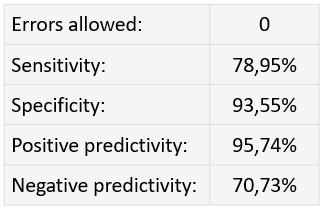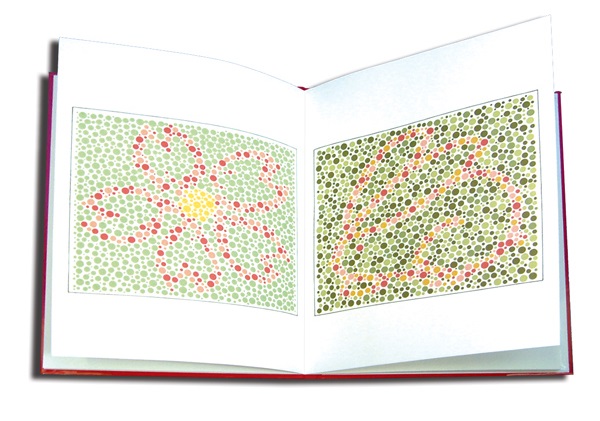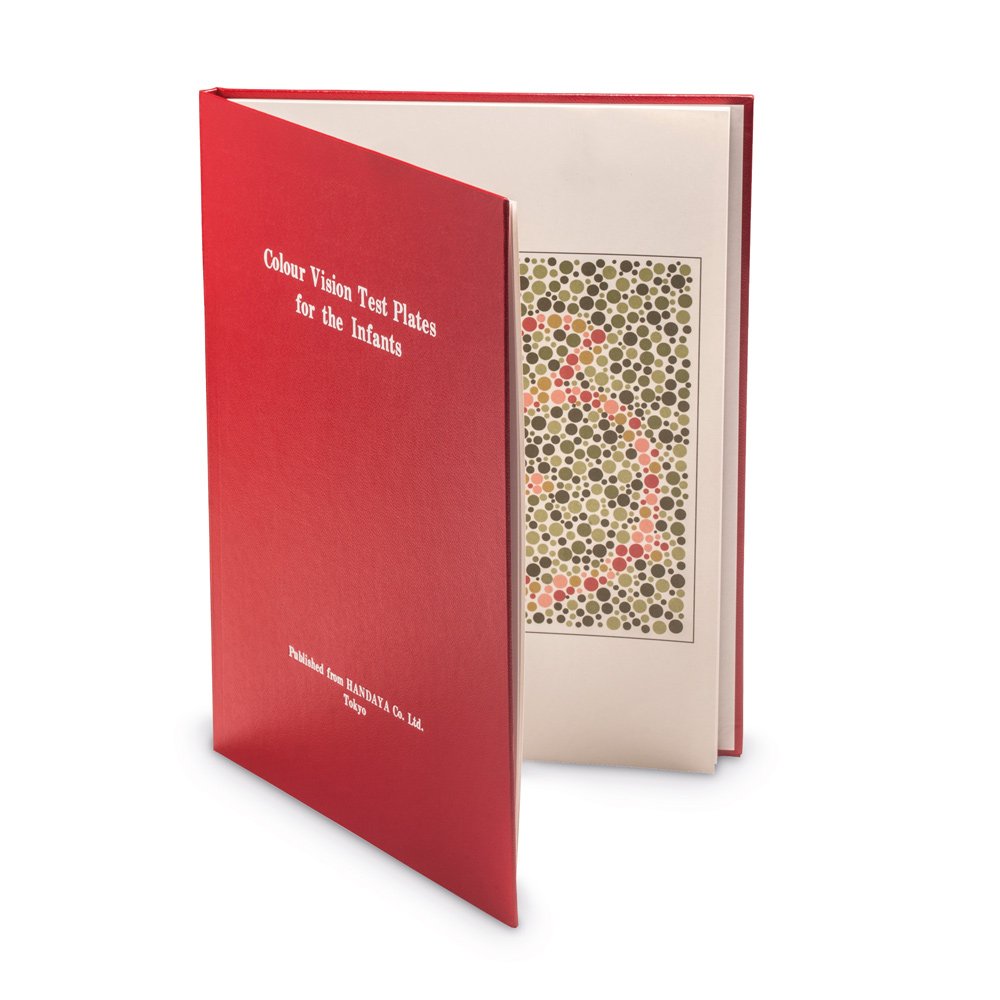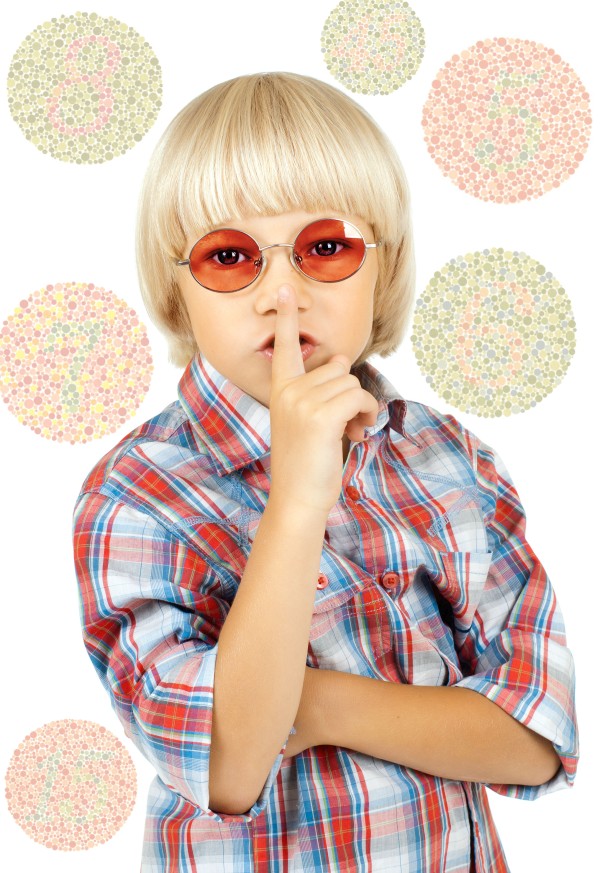Colorblind test for Kids
Contents
About ‘Colorblind test for Kids’
There are 10 animals hide in the dots. The child’s task is to say what animal is seen. Please help your children to operate the test. The test is playful and cute, but its sensitivity stays behind the Colorlite red-green test. If you suspect your child is color blind, we recommend that you try the Colorlite red-green test as well. The task is there: where the donut was bitten (in other words where the gap is in the ring).
The maximum score on the test is 10, and the number of errors allowed is 0. The test has a sensitivity of 78.95% and a specificity of 93.55%. The positive predictive value of the test was 95.47% and the negative predictive value was 70.73%.

This method is not a formal diagnosis and you should always check with an optometrist for confirmation as it is really important for color blind children to be formally diagnosed so that they can access proper support at school. If your child is diagnosed, don’t forget to tell the school. Several color blind test books have been created for children. 

Early Symptoms of Color Vision Deficiency in Children
The main symptoms of color blindness in children are difficulty in distinguishing colors and making mistakes when identifying colors. However, many color blind children can learn to identify colors correctly even if they don’t see them in the same way as people with normal color vision do. For example, children quickly learn that a fire engine is ‘red’ and when they see other items which look the same color as a fire engine they will identify that as ‘red’ too.
 If you think your child might be color blind don’t waste any time finding out if they are. You should be suspicious if there are any color blind men on the mother’s side of the family – these could be uncles, great uncles, cousins and grandfathers. By age 5 children with normal color vision will be able to identify all of the groups of colors in a couple of seconds.
If you think your child might be color blind don’t waste any time finding out if they are. You should be suspicious if there are any color blind men on the mother’s side of the family – these could be uncles, great uncles, cousins and grandfathers. By age 5 children with normal color vision will be able to identify all of the groups of colors in a couple of seconds.

